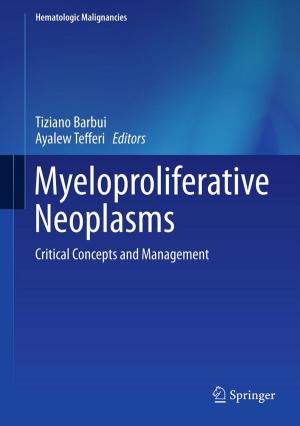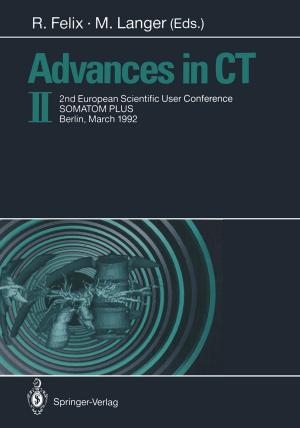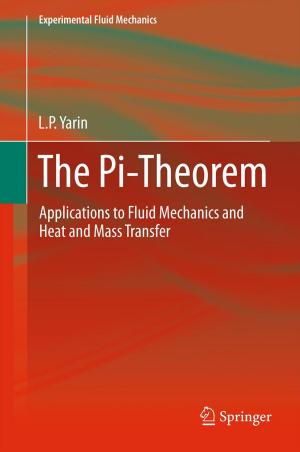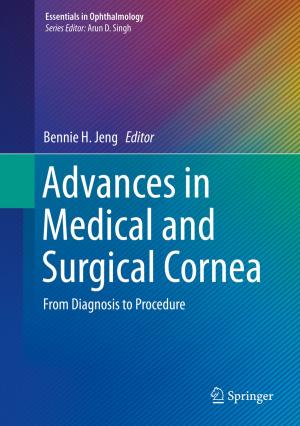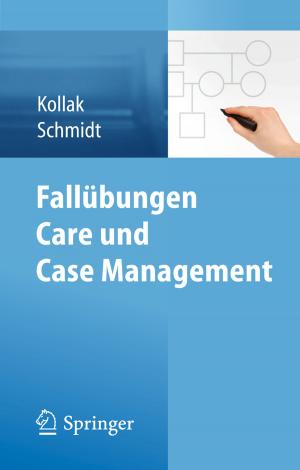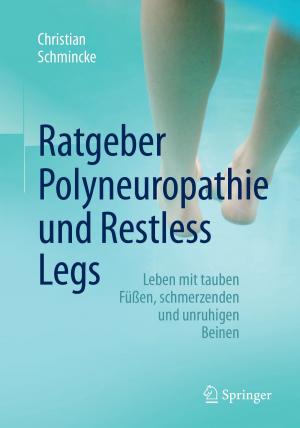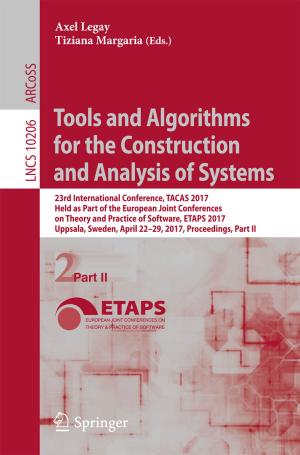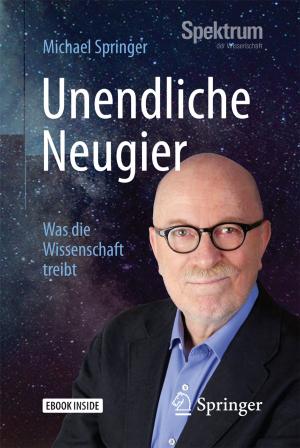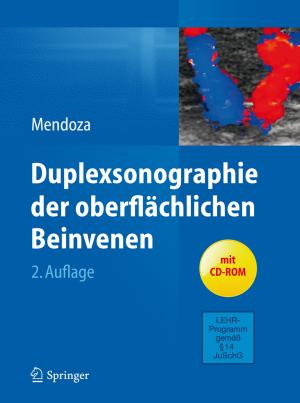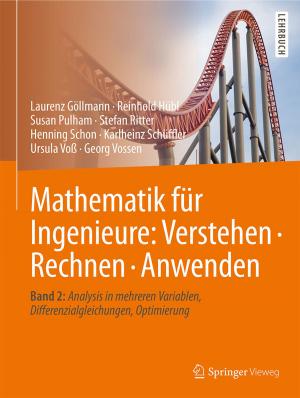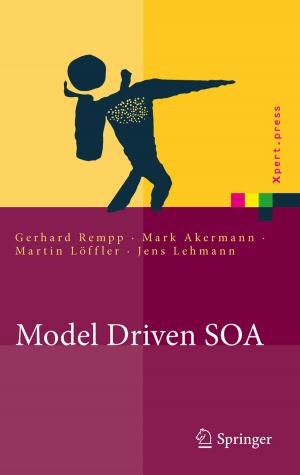Radiological Anatomy for FRCR Part 1
Nonfiction, Health & Well Being, Medical, Medical Science, Biochemistry, Allied Health Services, Radiological & Ultrasound| Author: | Philip Borg, Abdul Rahman J. Alvi, Nicholas T. Skipper, Christopher S. Johns | ISBN: | 9783642411663 |
| Publisher: | Springer Berlin Heidelberg | Publication: | July 8, 2014 |
| Imprint: | Springer | Language: | English |
| Author: | Philip Borg, Abdul Rahman J. Alvi, Nicholas T. Skipper, Christopher S. Johns |
| ISBN: | 9783642411663 |
| Publisher: | Springer Berlin Heidelberg |
| Publication: | July 8, 2014 |
| Imprint: | Springer |
| Language: | English |
Three years after the publication of the first edition, this book remains the best seller in its category based on its faithful representation of the FRCR Part 1 exam. The second edition is designed to reflect the change in exam format introduced in spring 2013. It includes two new chapters as well as some new cases in the remaining chapters and tests. Under the new exam format, candidates will be presented with 100 cases, with a single question per case and a single mark for the correct answer. This book covers all core topics addressed by the exam in a series of tests and includes chapters focussing specifically on paediatric cases and normal anatomical variants. The answers to questions, along with explanations and tips, are supplied at the end of each chapter. Care has been taken throughout to simulate the exam itself, so providing an excellent revision guide that will help candidates to identify the level of anatomical knowledge expected by the Royal College of Radiologists.
Three years after the publication of the first edition, this book remains the best seller in its category based on its faithful representation of the FRCR Part 1 exam. The second edition is designed to reflect the change in exam format introduced in spring 2013. It includes two new chapters as well as some new cases in the remaining chapters and tests. Under the new exam format, candidates will be presented with 100 cases, with a single question per case and a single mark for the correct answer. This book covers all core topics addressed by the exam in a series of tests and includes chapters focussing specifically on paediatric cases and normal anatomical variants. The answers to questions, along with explanations and tips, are supplied at the end of each chapter. Care has been taken throughout to simulate the exam itself, so providing an excellent revision guide that will help candidates to identify the level of anatomical knowledge expected by the Royal College of Radiologists.


